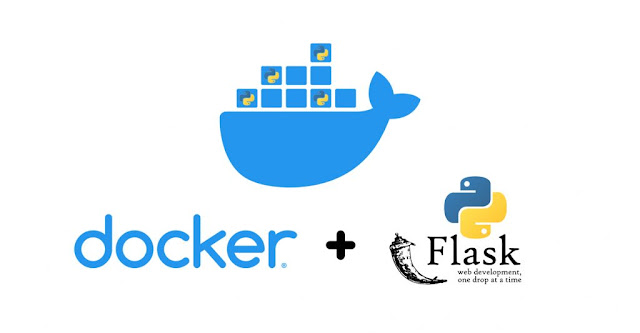Artificial Intelligence for DevOps: Revolutionizing Operations

Introduction In today's fast-paced and ever-evolving technology landscape, the role of DevOps has become indispensable for organizations striving to deliver high-quality software at an accelerated pace. DevOps practices have reshaped the way development and operations teams collaborate, but as technology advances, so must our approach to DevOps. Enter Artificial Intelligence (AI), a transformative force that promises to take DevOps to new heights. In this blog post, we will explore the intersection of AI and DevOps and how it is revolutionizing operations across the software development lifecycle.





























